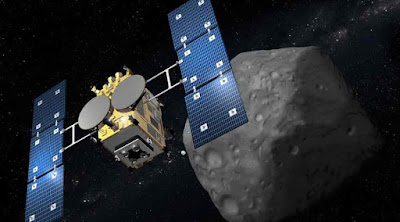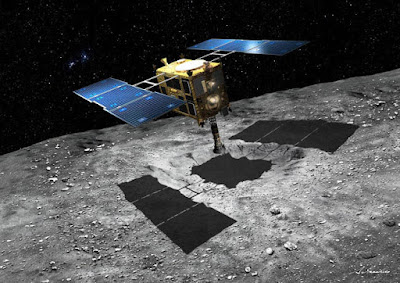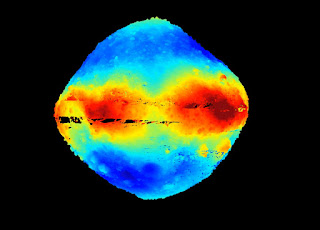Japan's Priceless Asteroid Space Rocks

Hayabusa 2 Mission Source: JAXA Priceless Space Rocks Retrieved from Asteroid Ryugu Japan's second asteroid mission - Hyabusa 2 - has safely returned to Earth with a treasure trove of priceless space rocks collected from the asteroid Ryugu. For the Japanese space agency JAXA, the Hyabusa 2 mission is a spectacular success. And the priceless space rocks brought back to Earth open up a brand new avenue of scientific discovery about the origin and composition of asteroids and the search for signs of life in space. Asteroid Mission Started in 2014 The mission was launched in 2014, Hyabusa 2 arrived at Ryugu in 2018 and landed on it in 2019. It used several landers and blasted the asteroid's surface with a space gun to collect rocks, sediment and dirt. World Awaits Space Rock Analysis Astronomers and space enthusiasts around the world are waiting for the analysis of the space rocks and sediment to be finalized. Questions include what mat...



